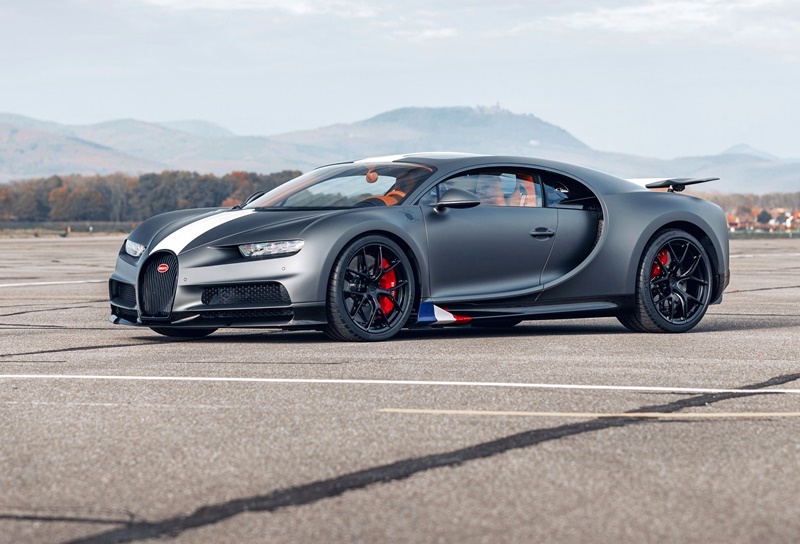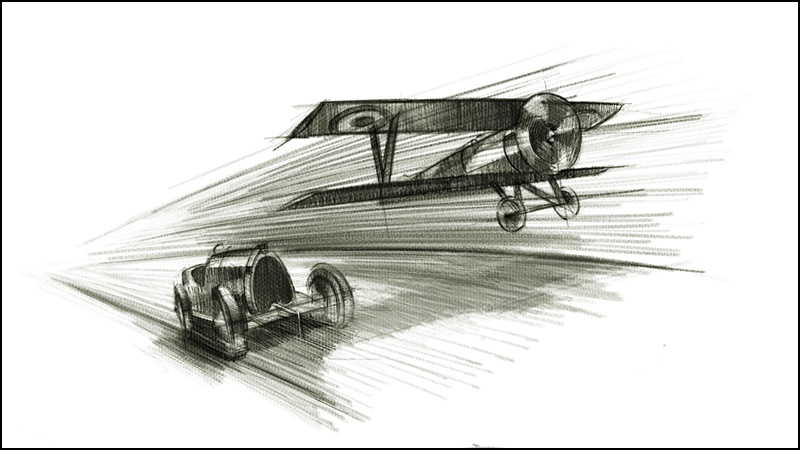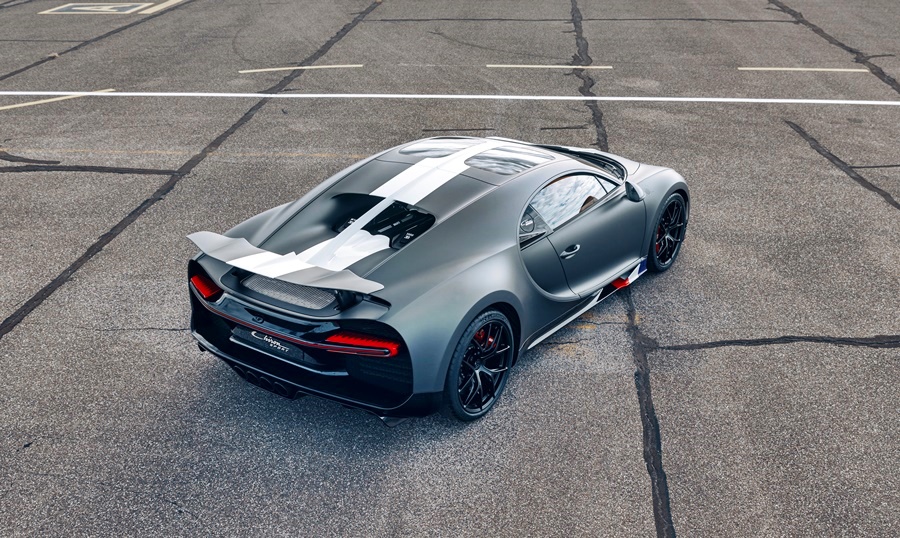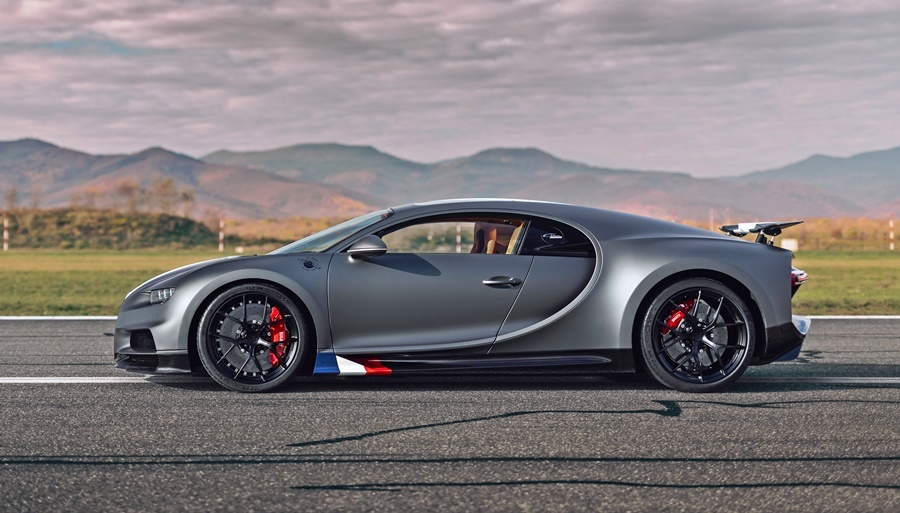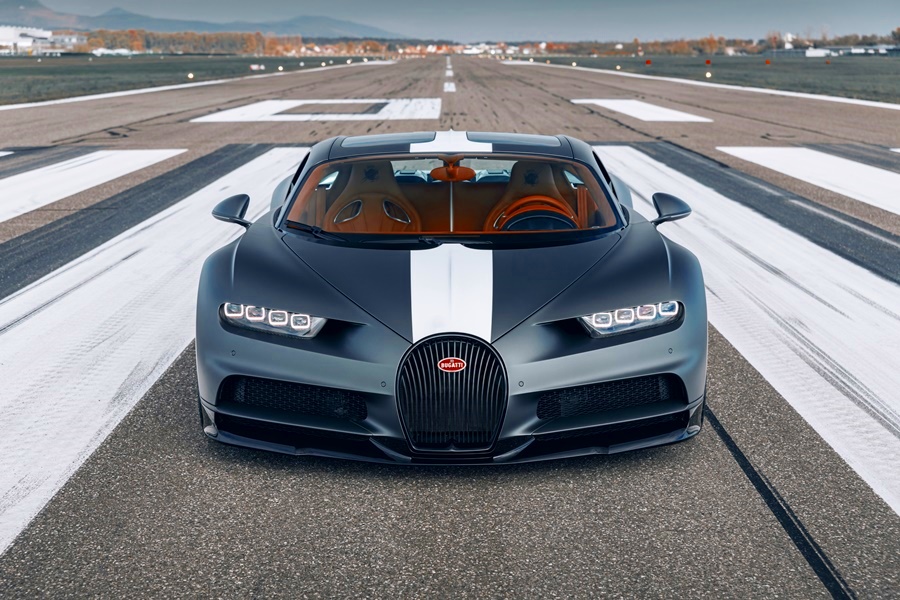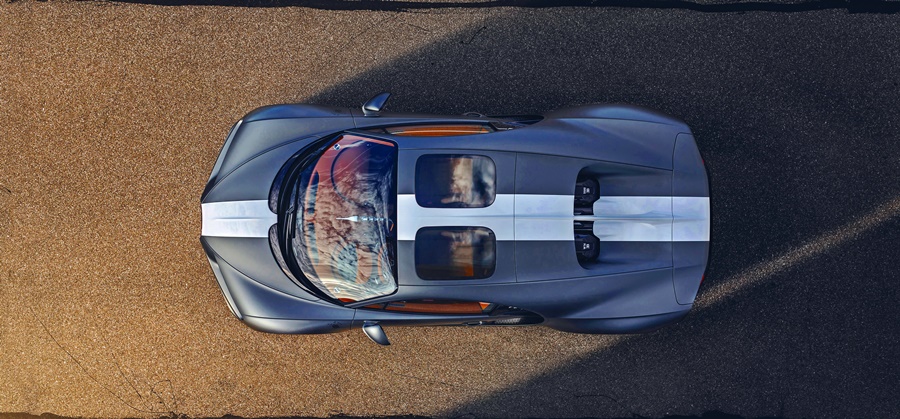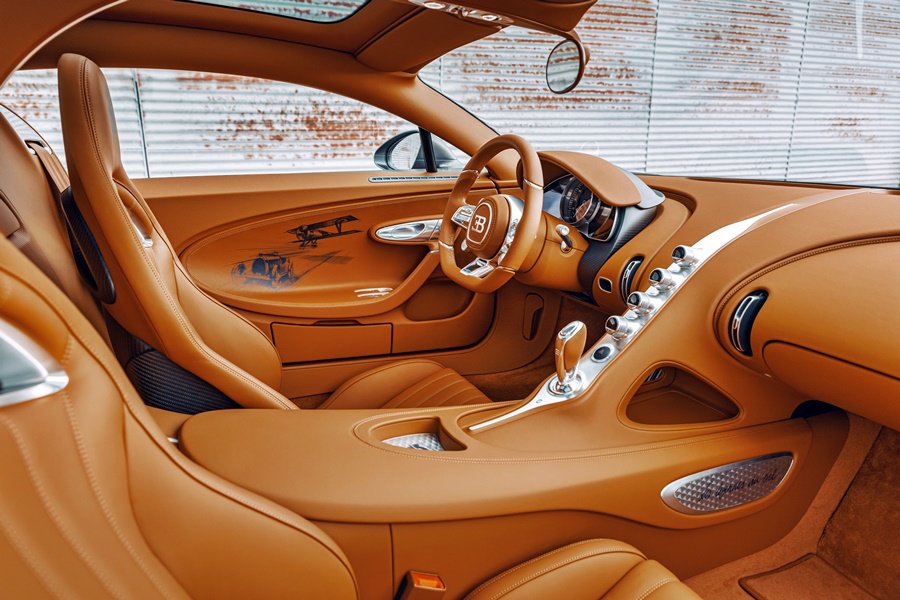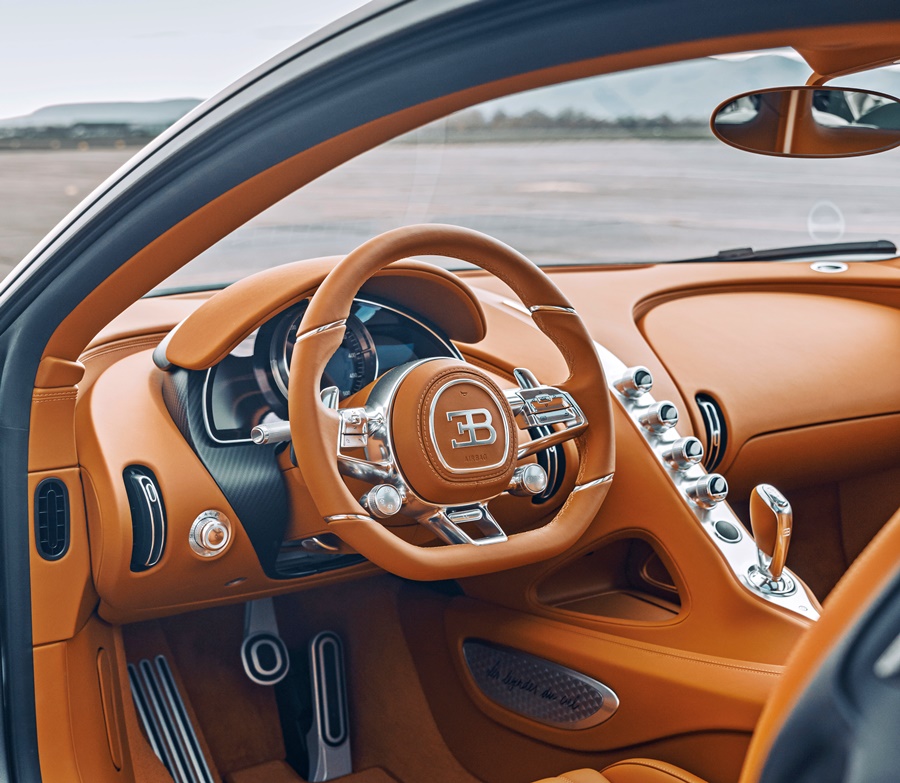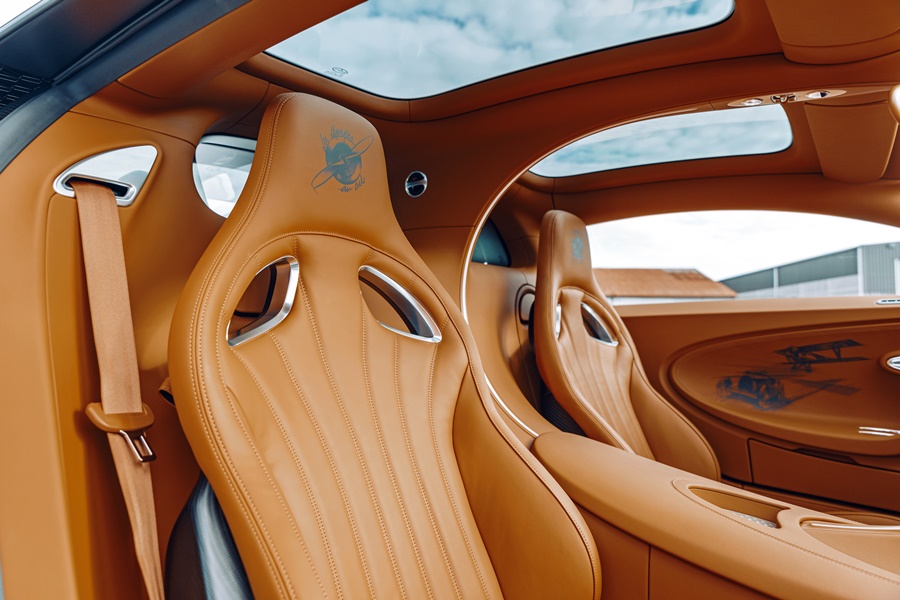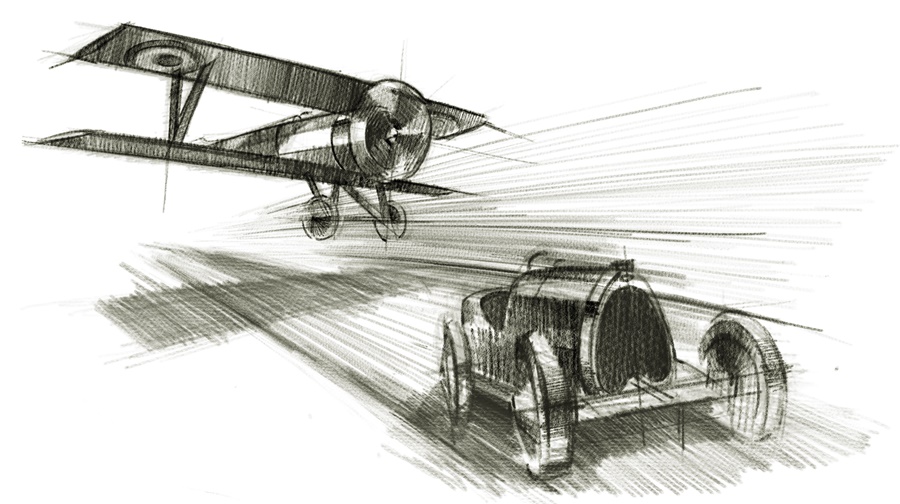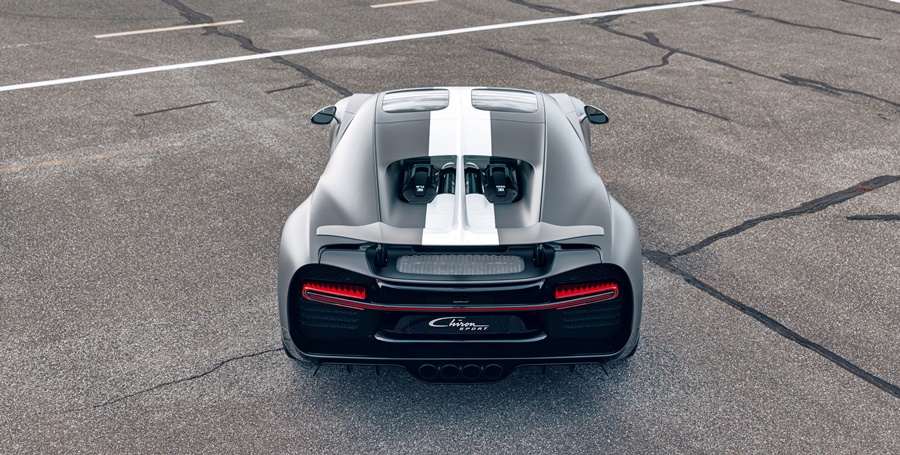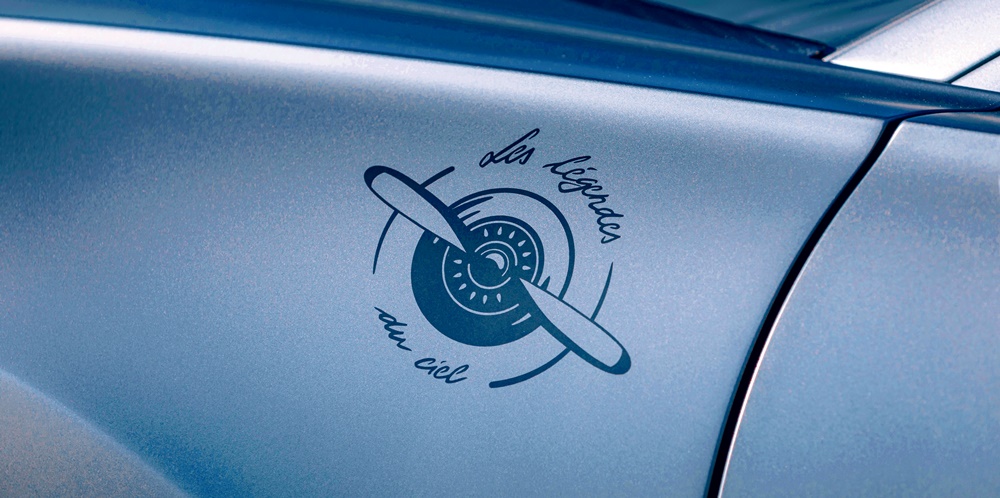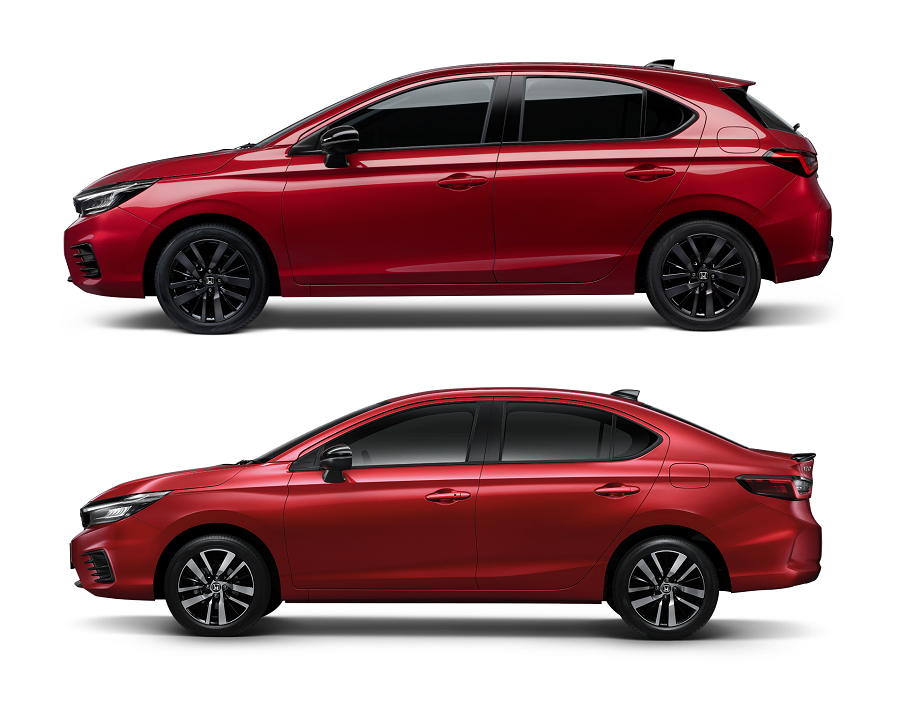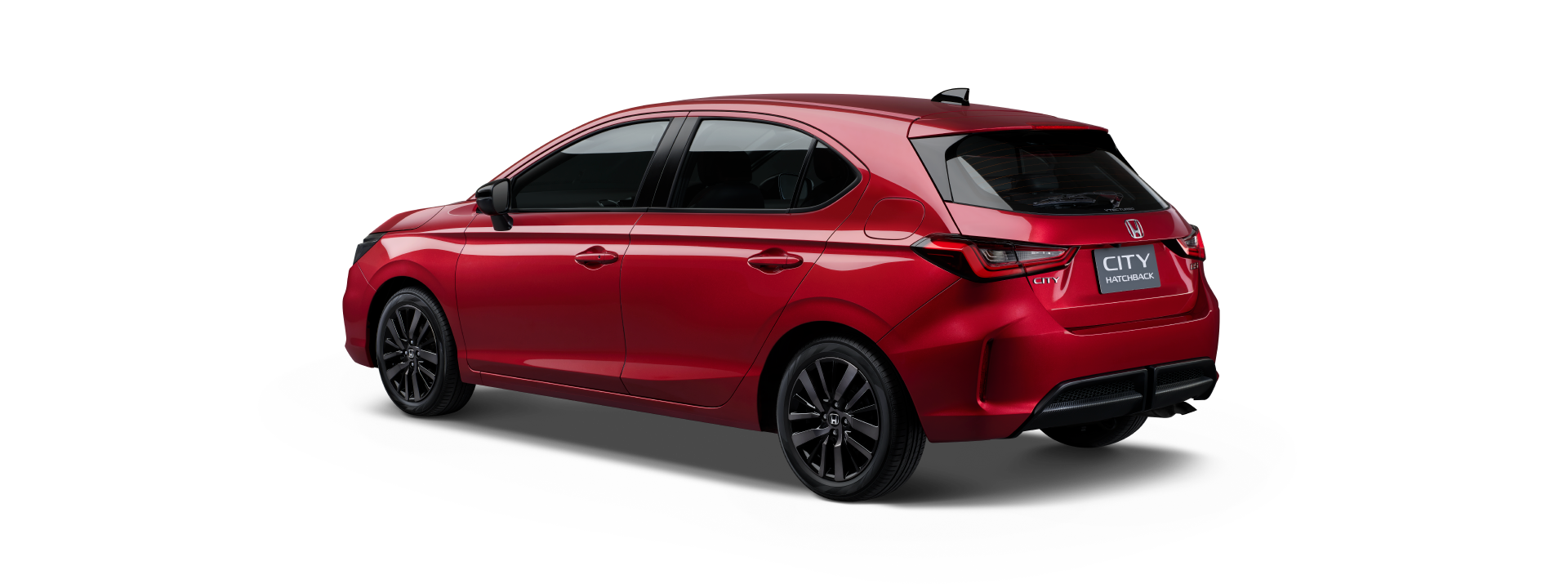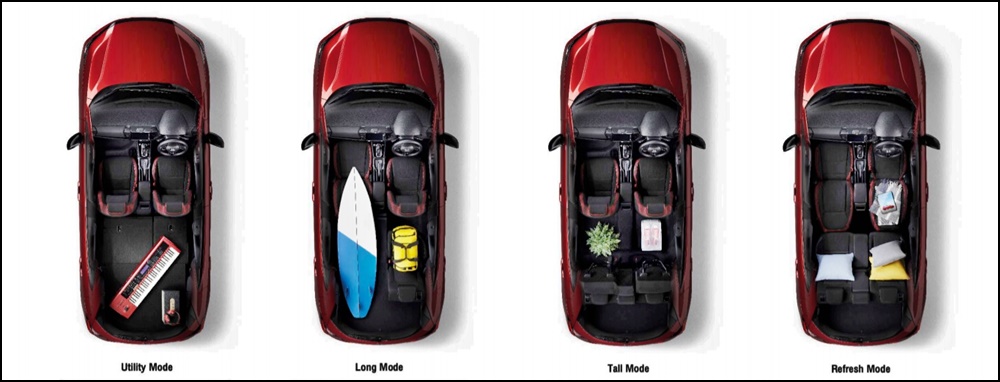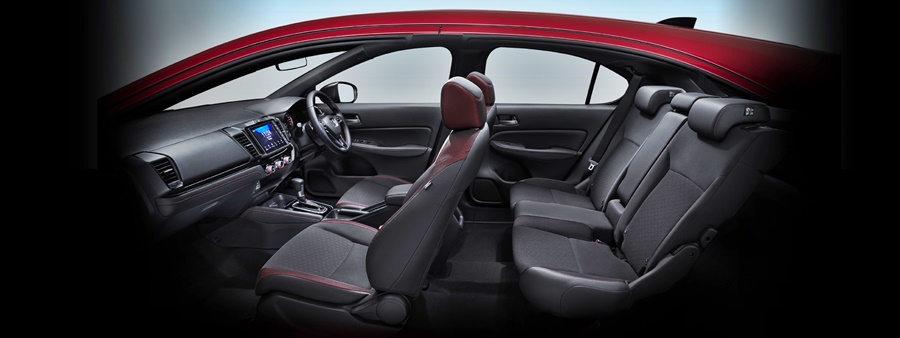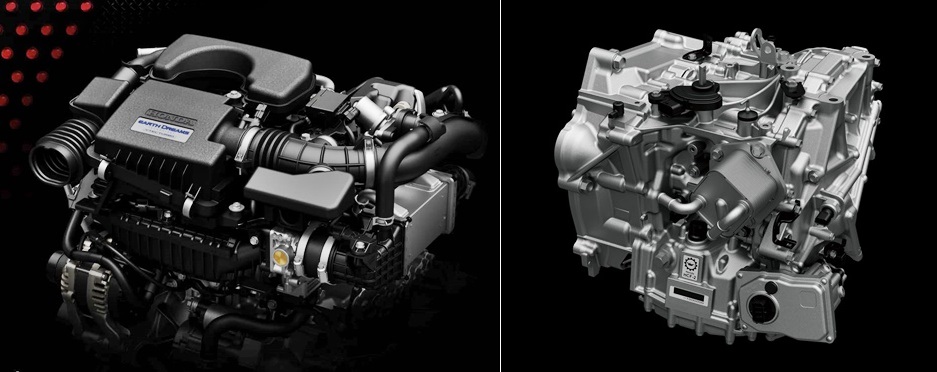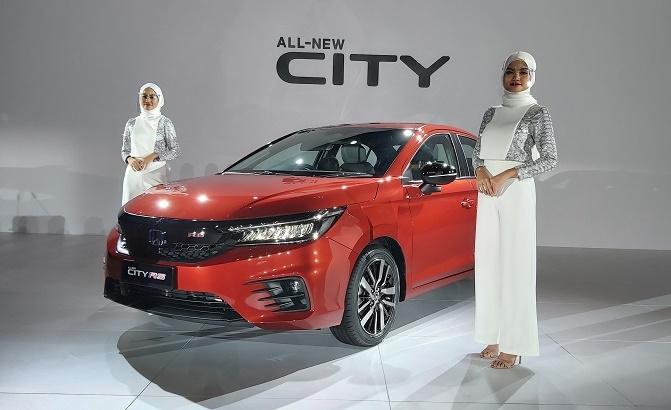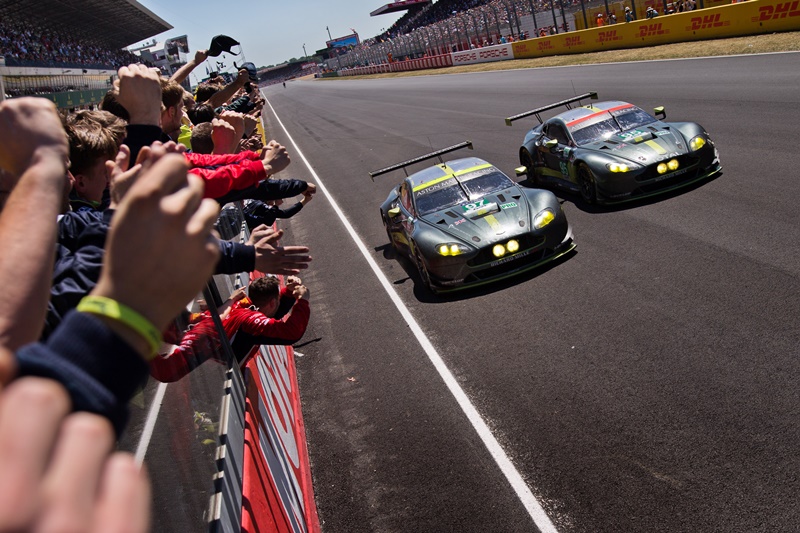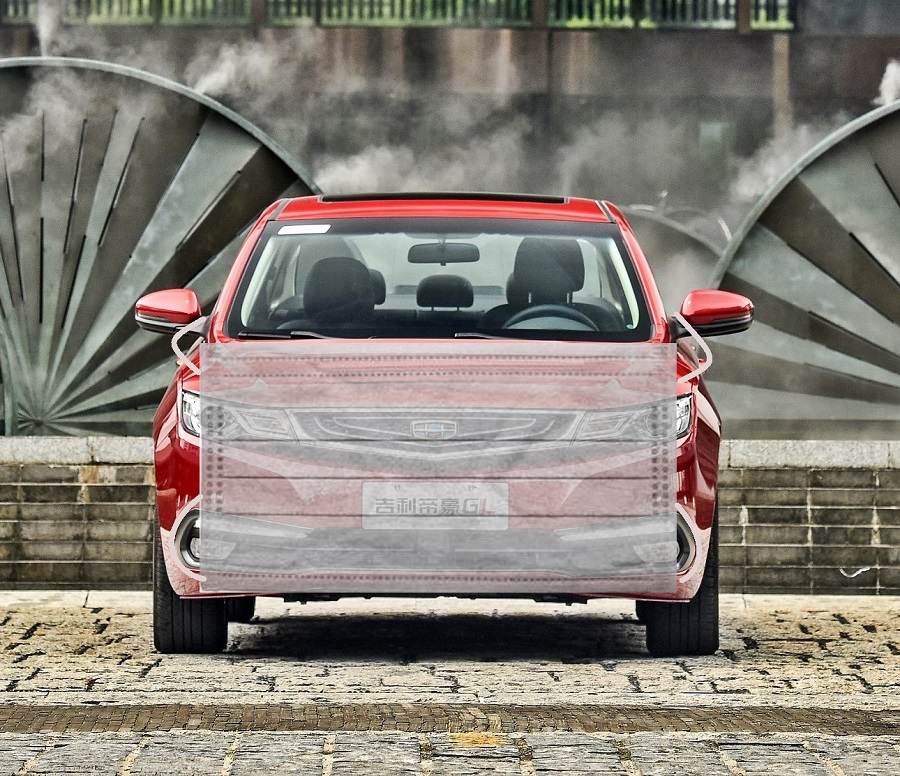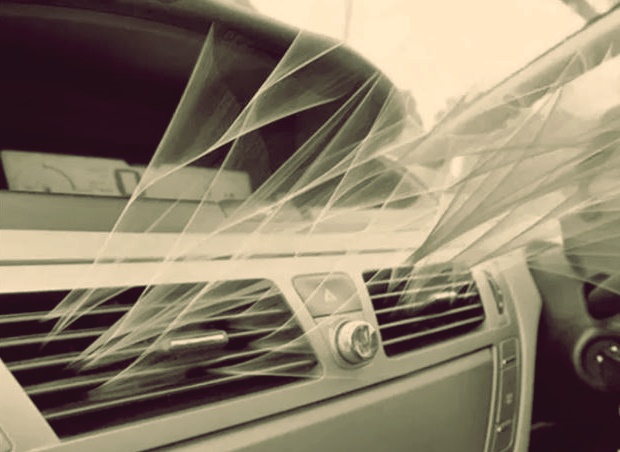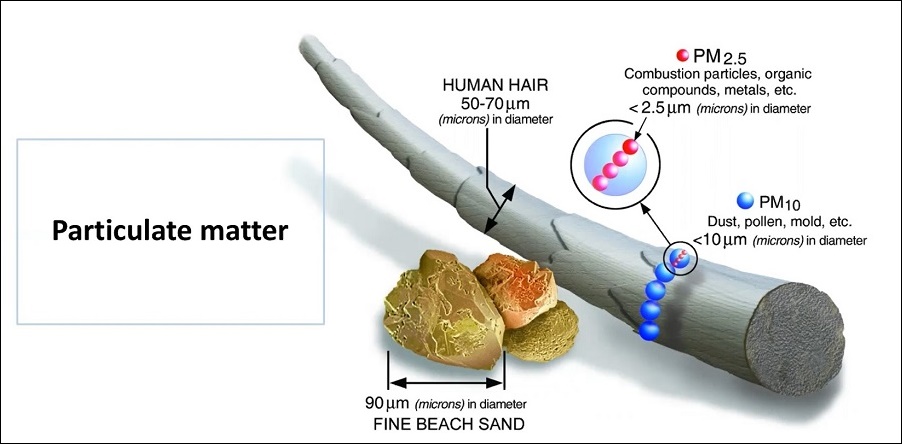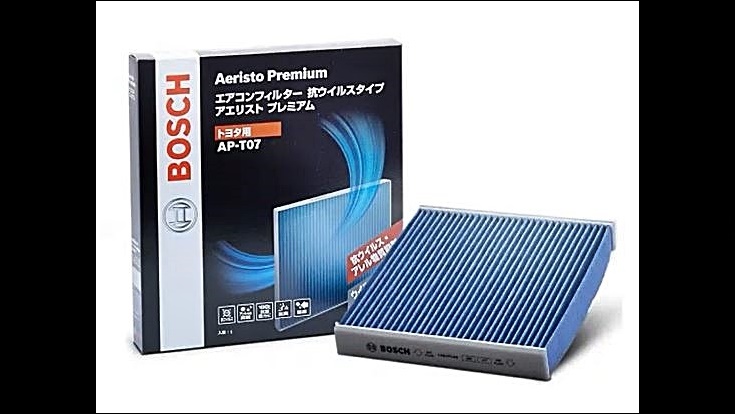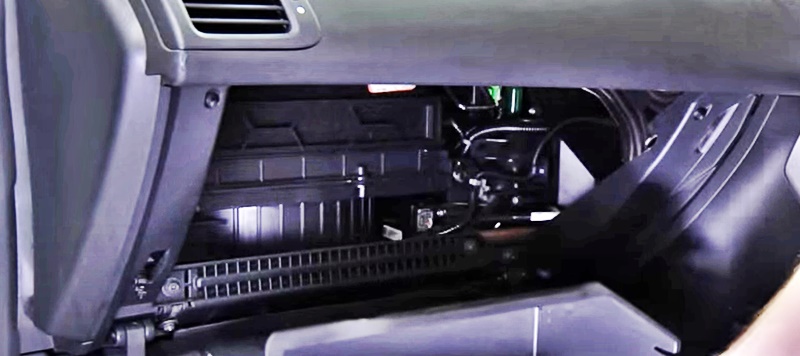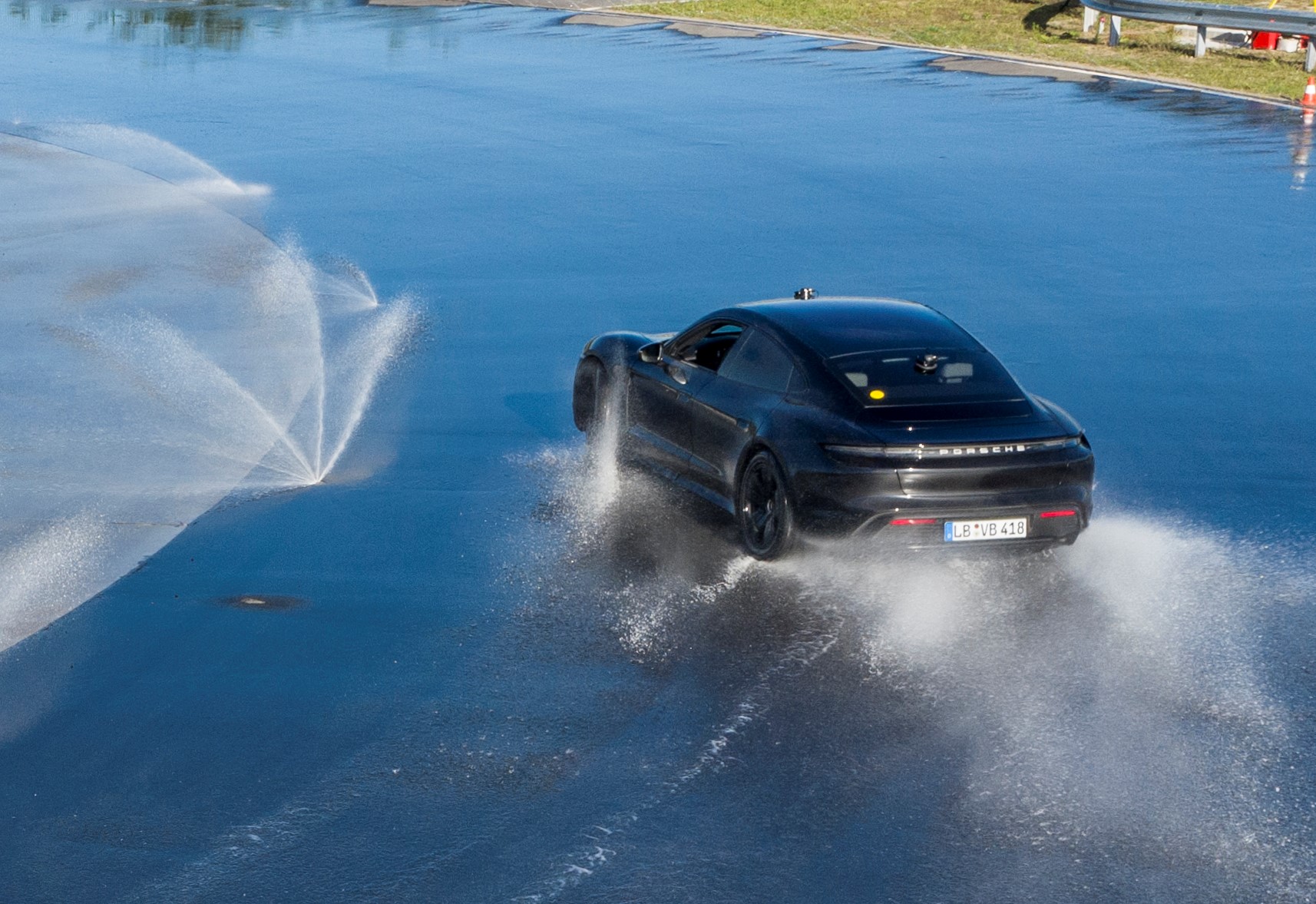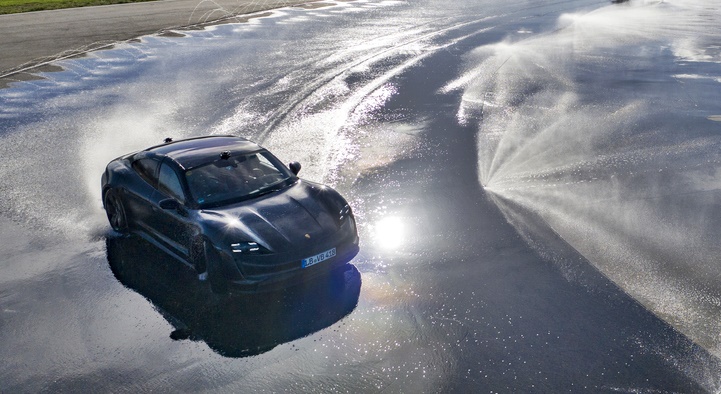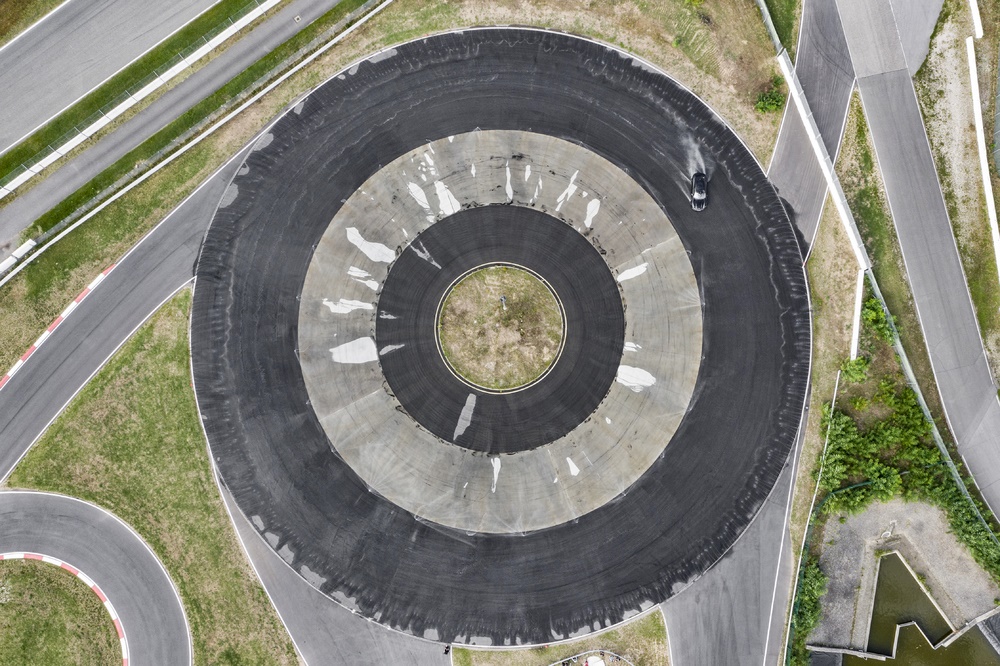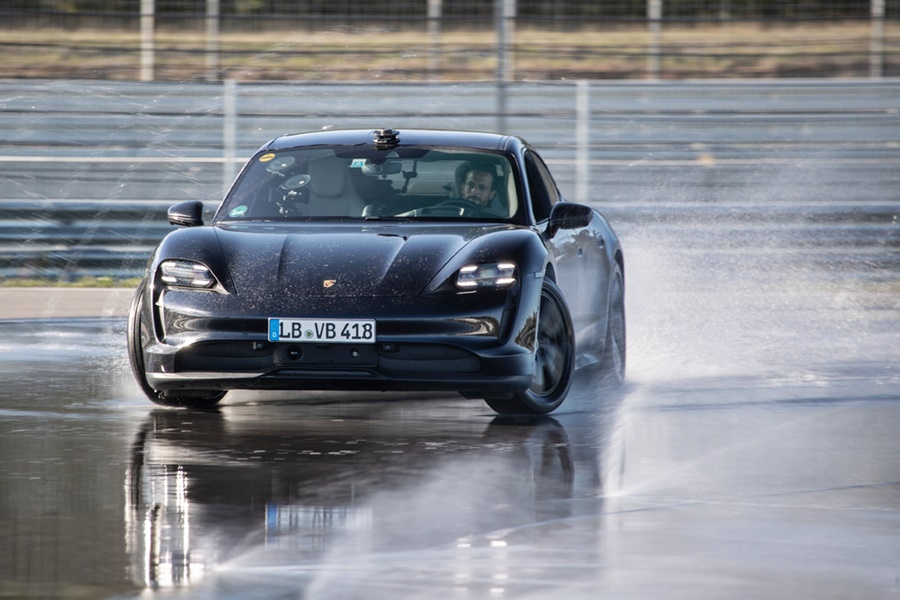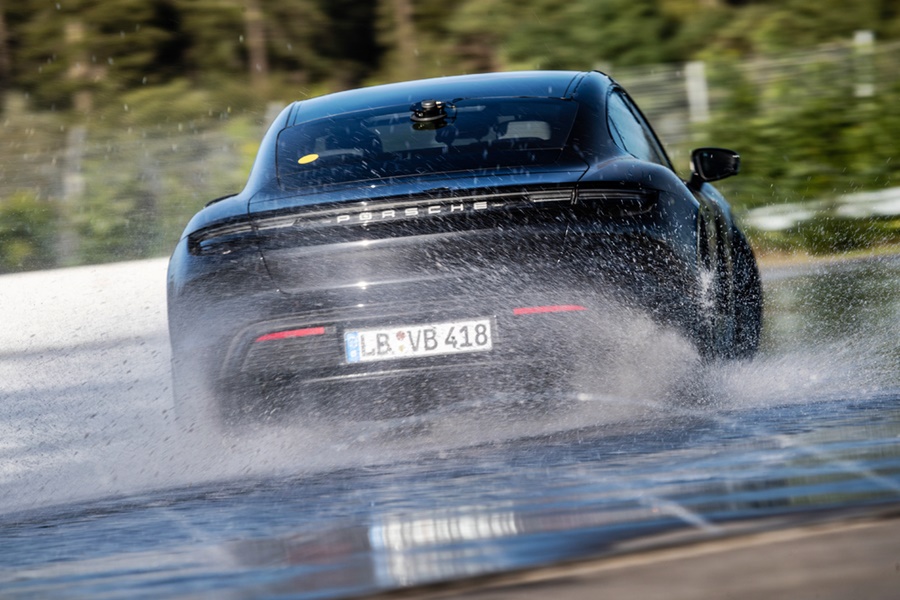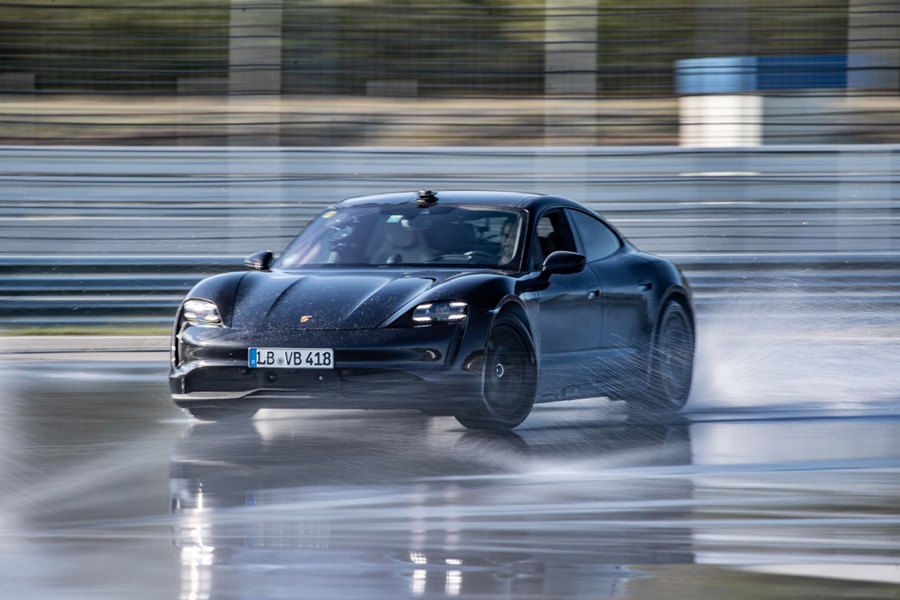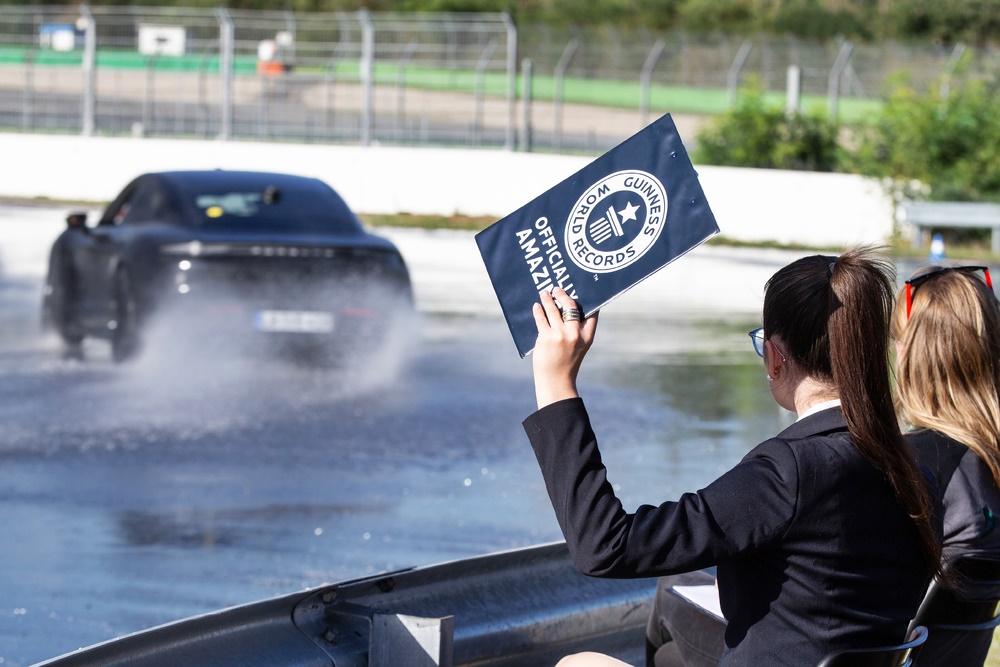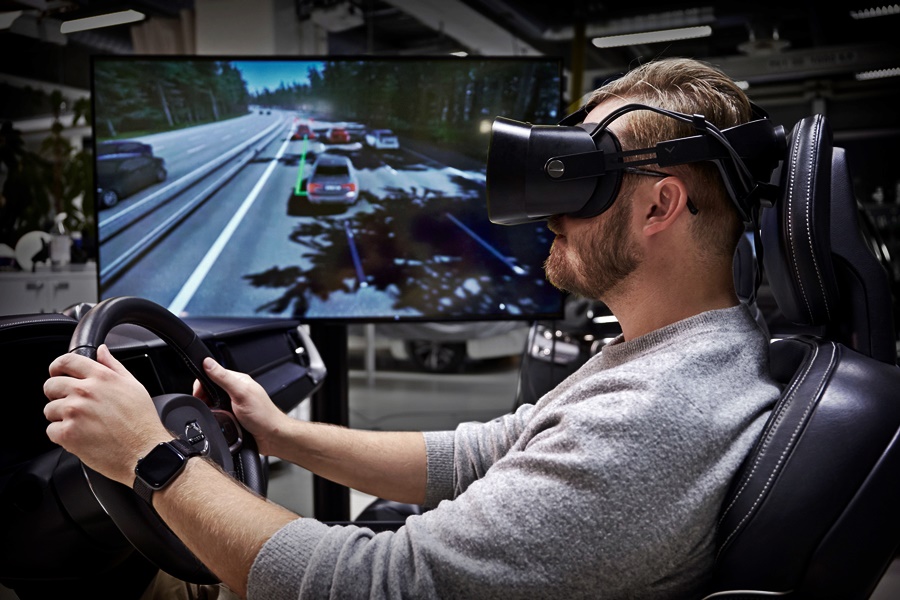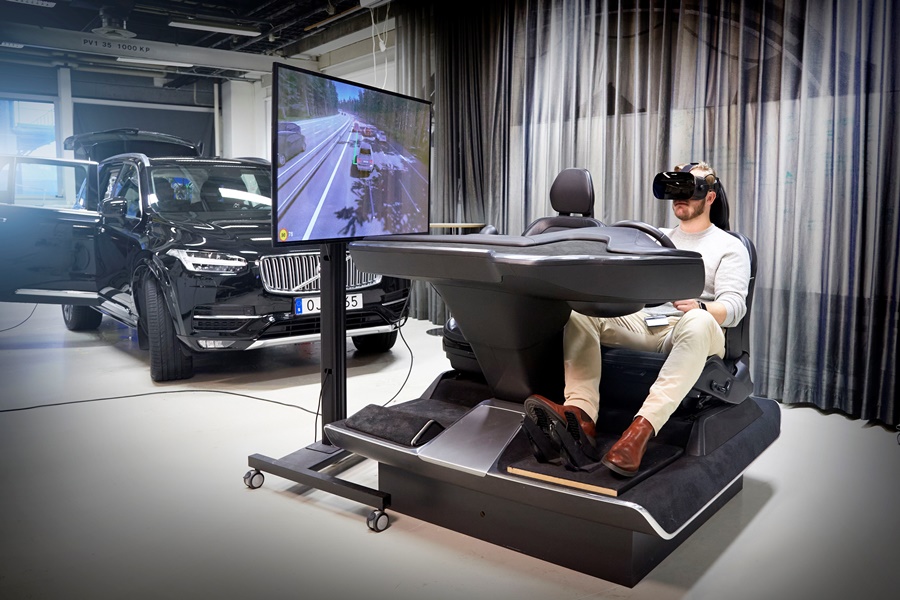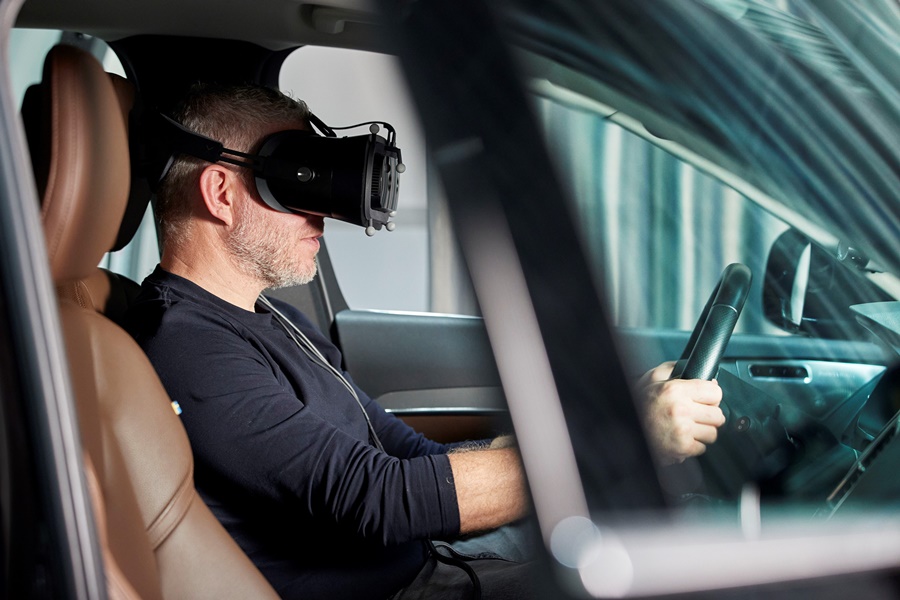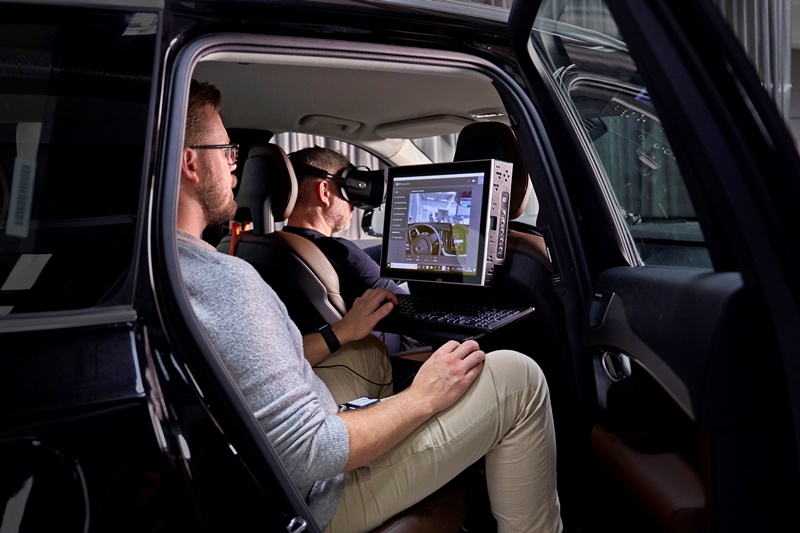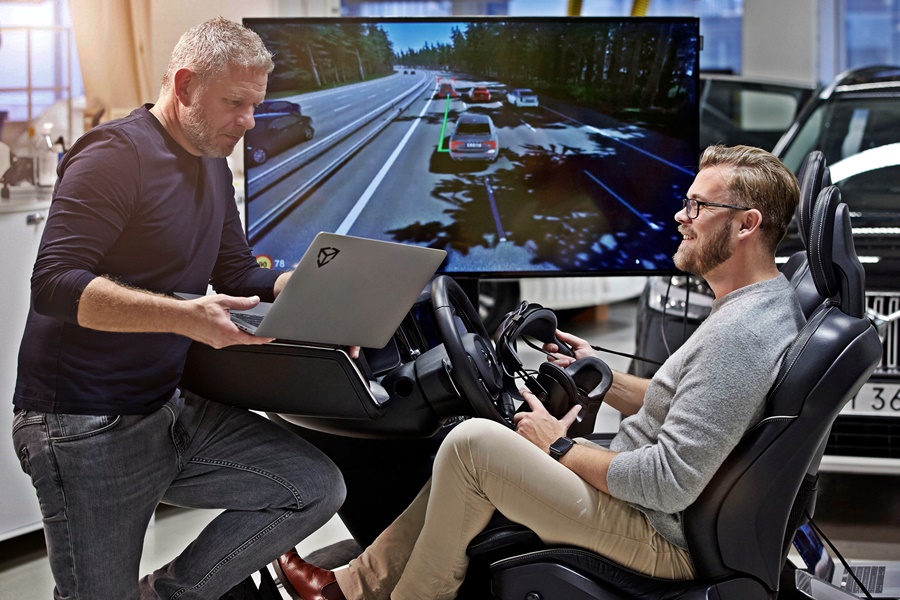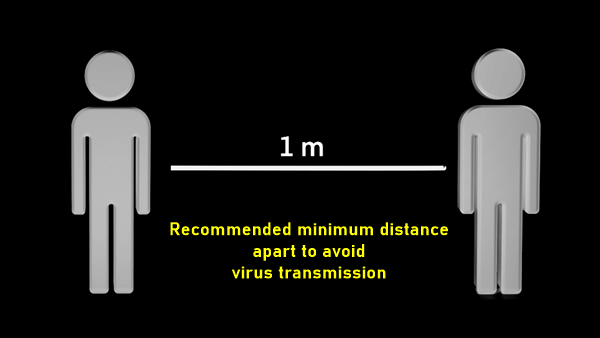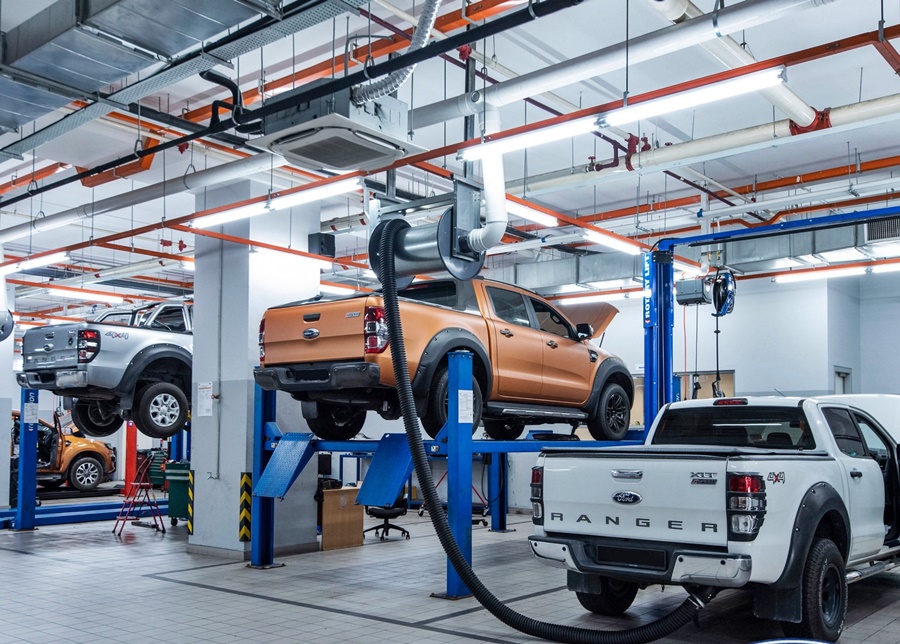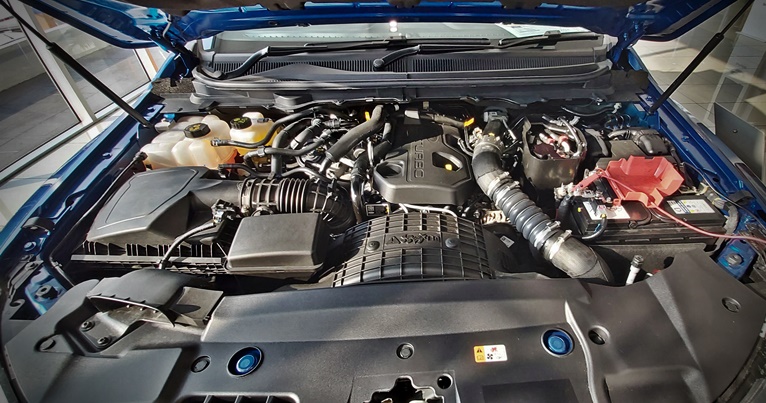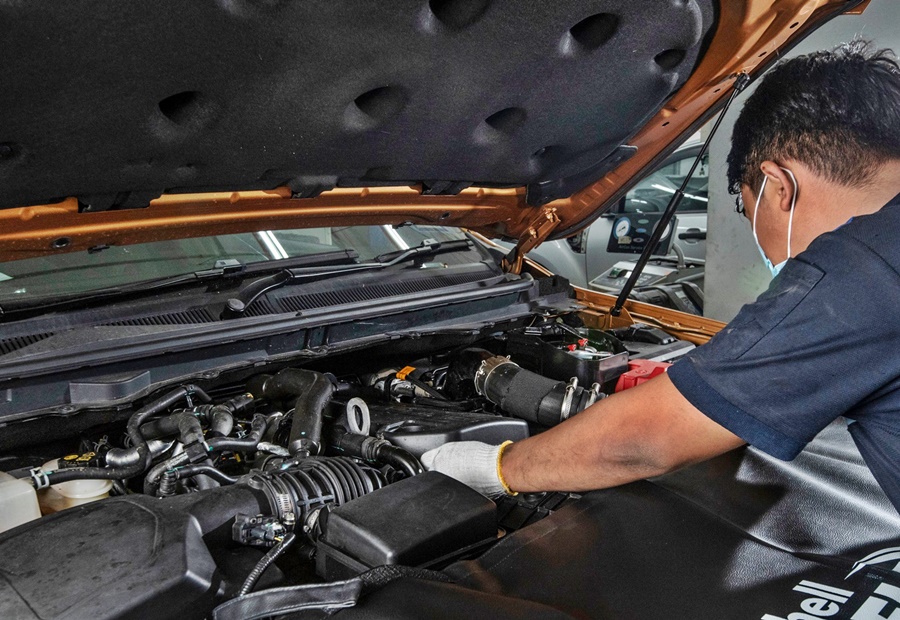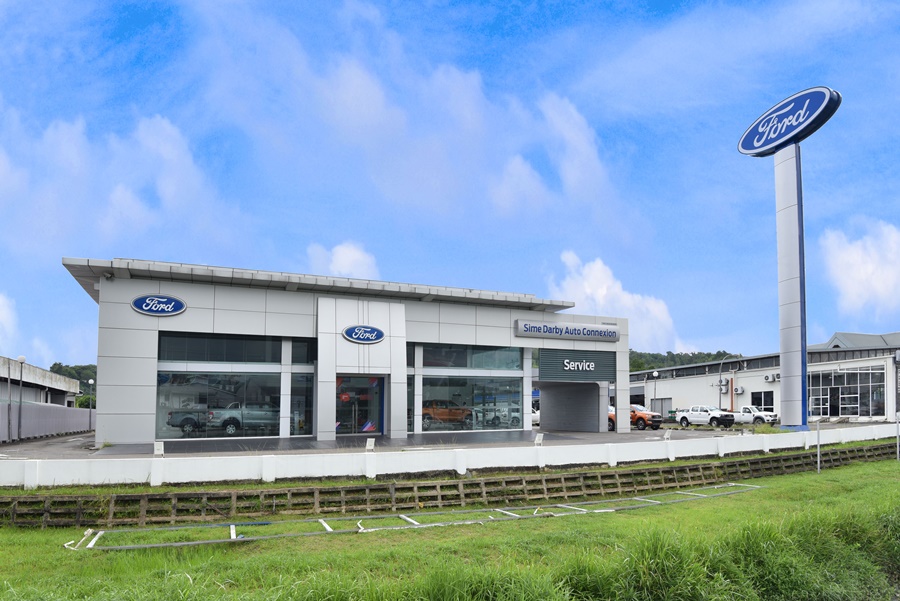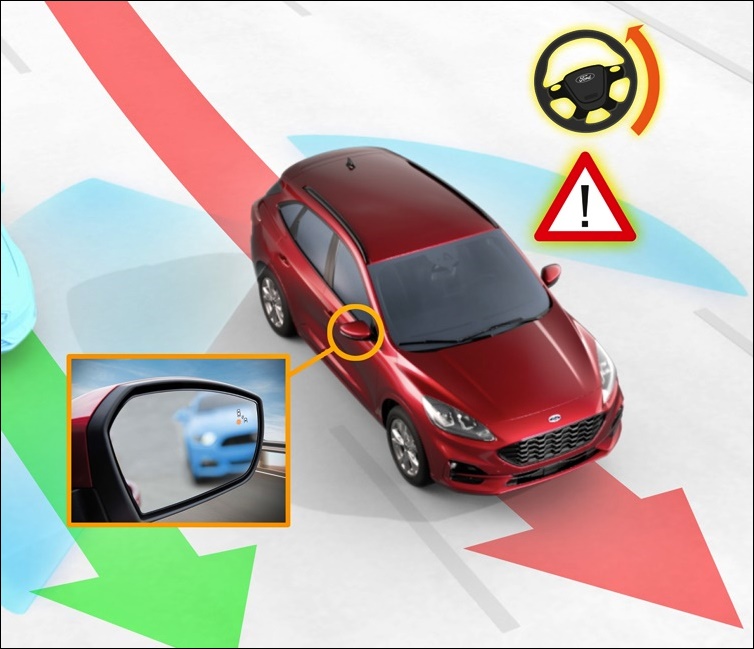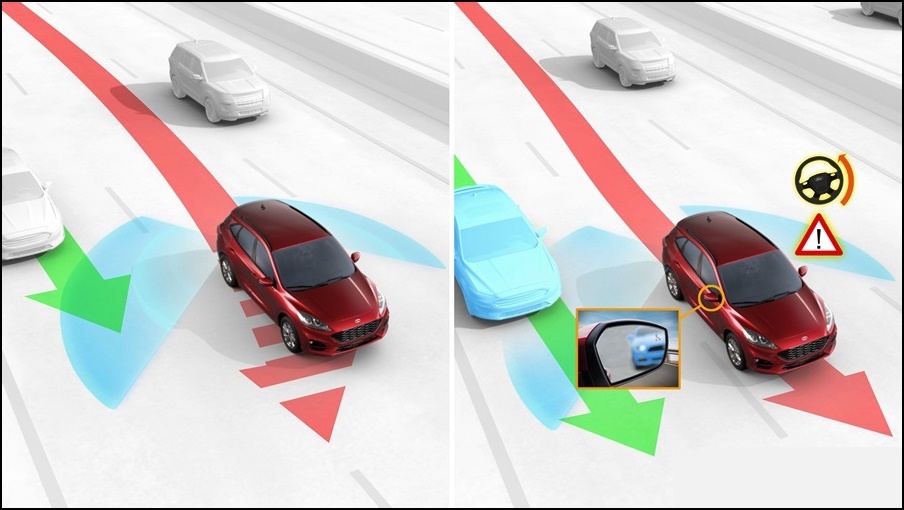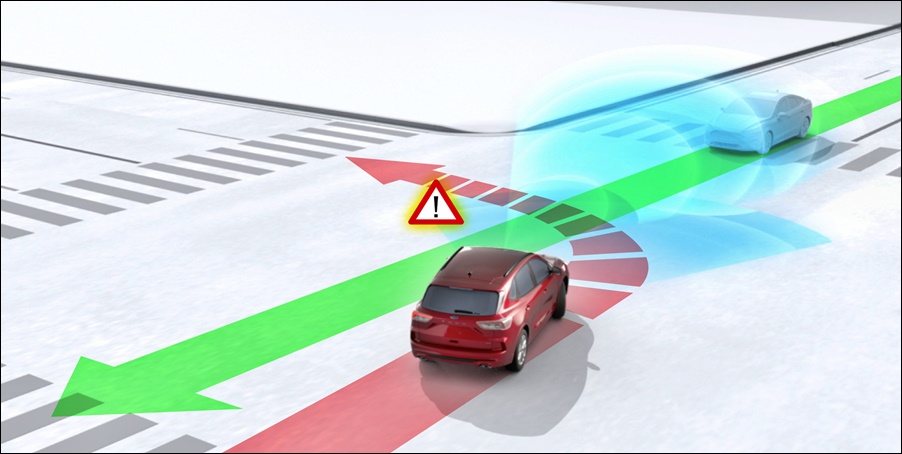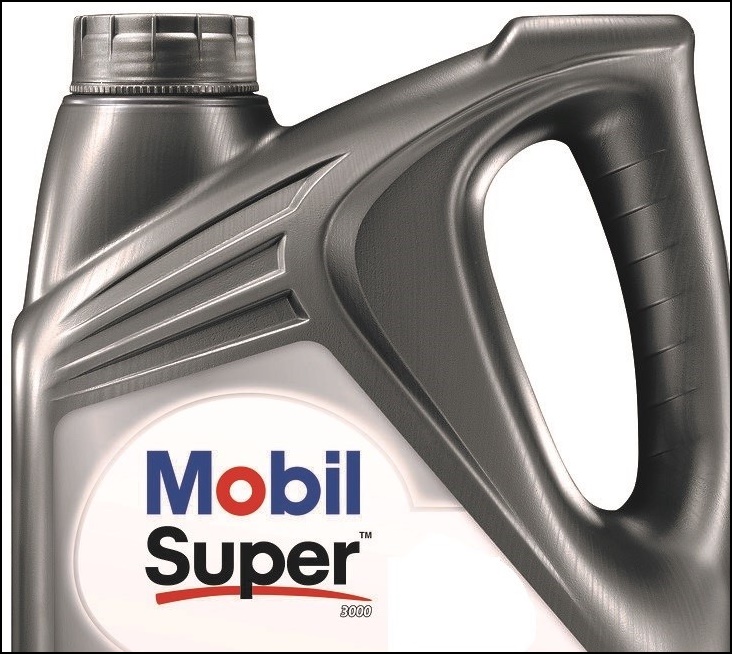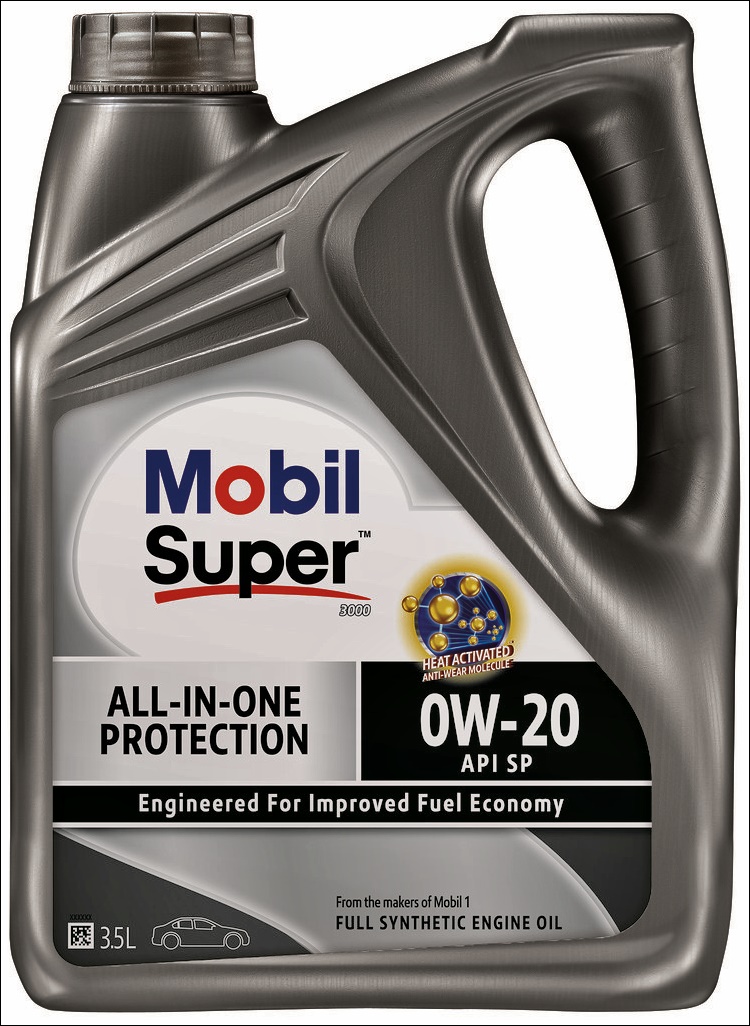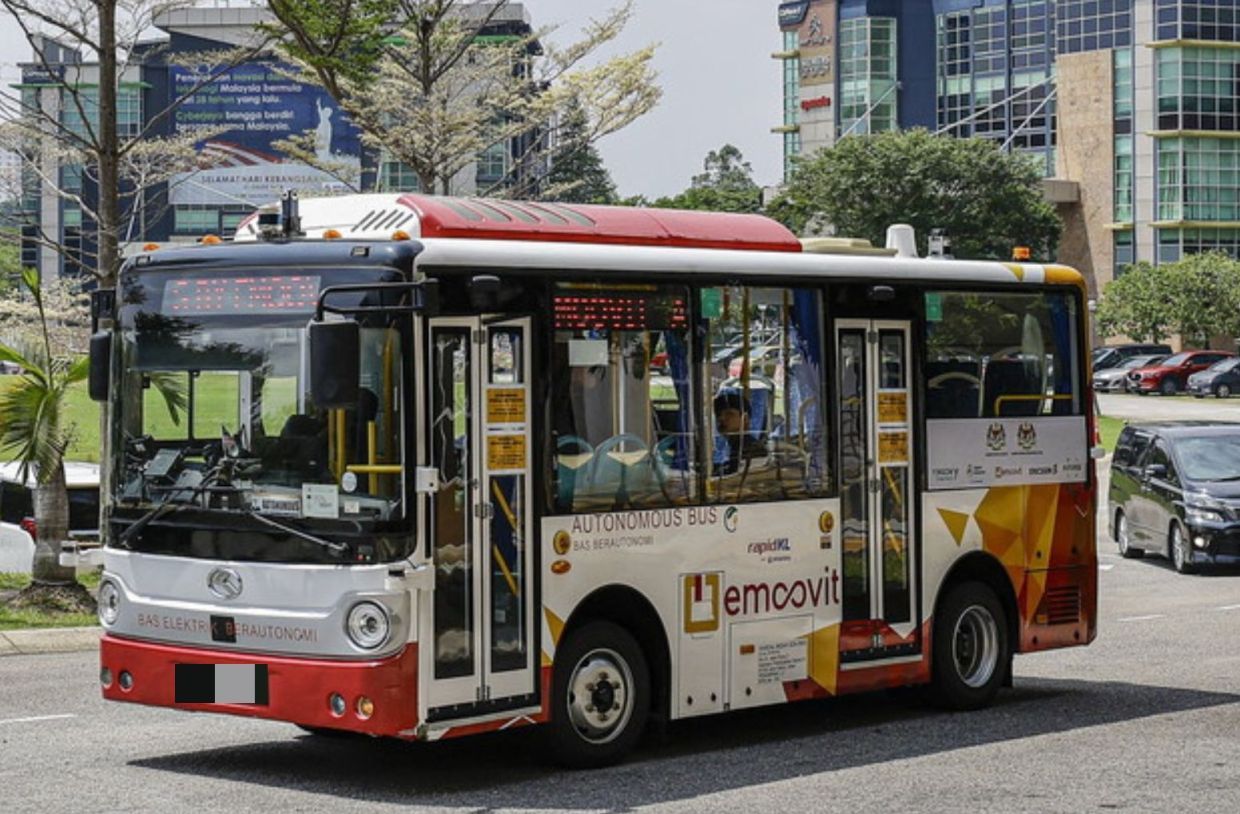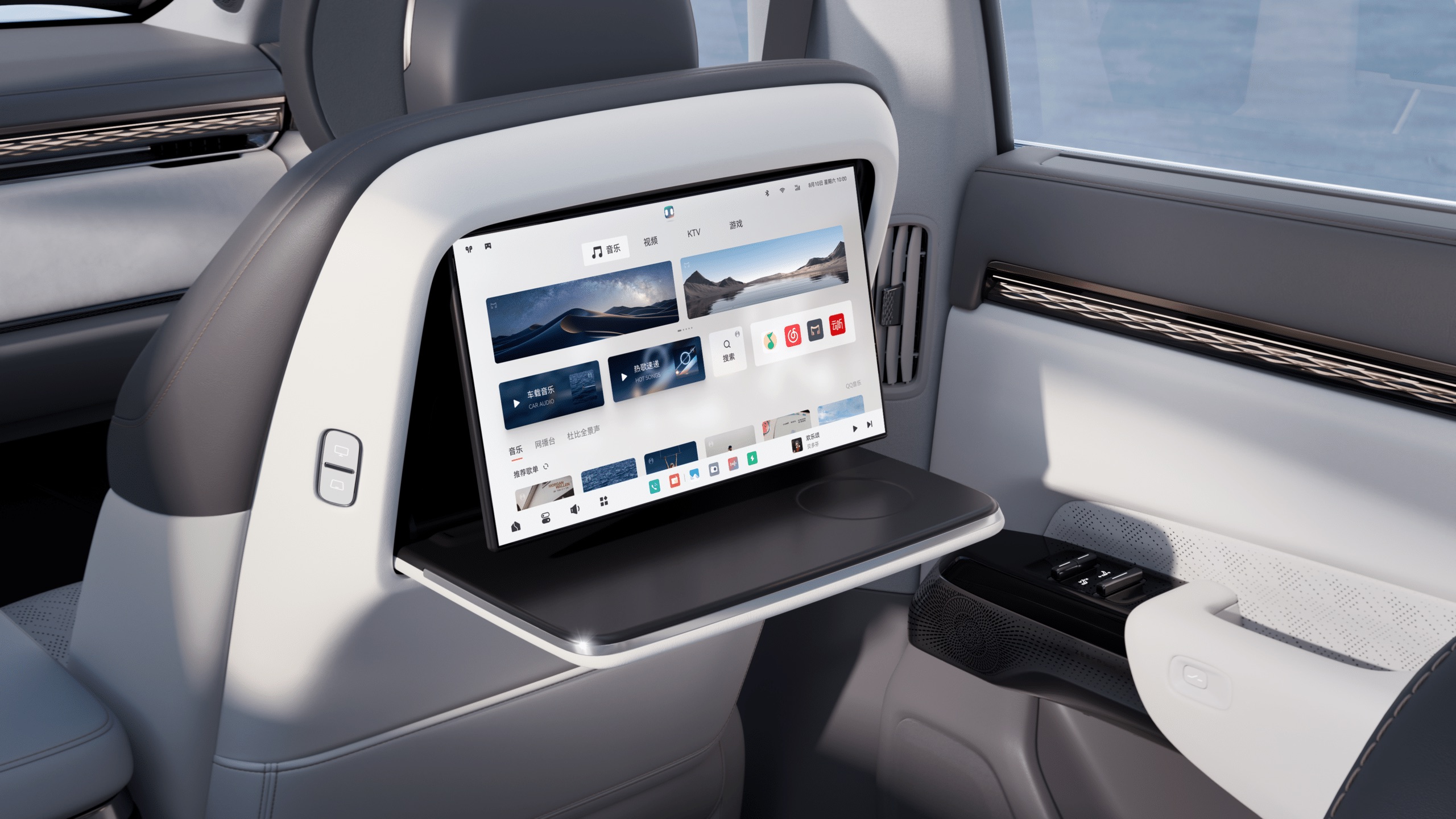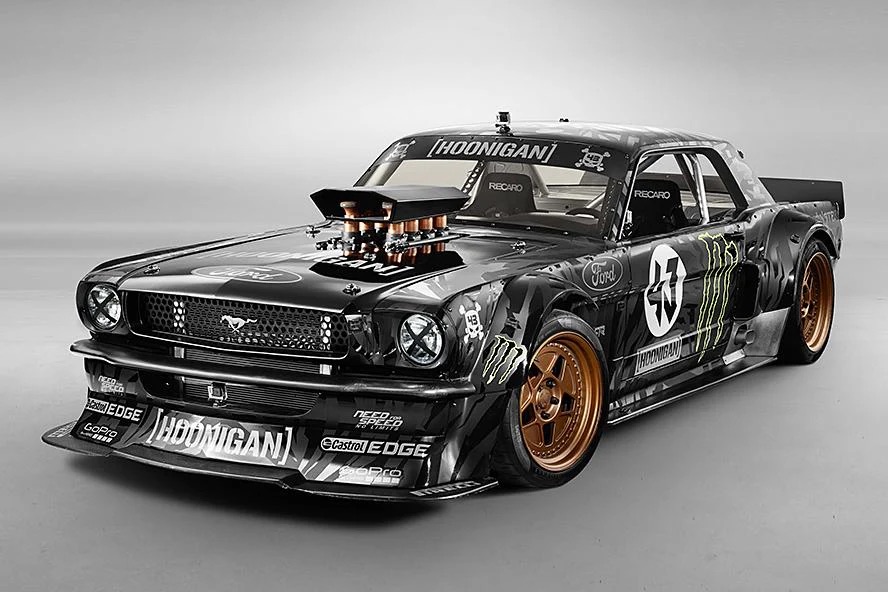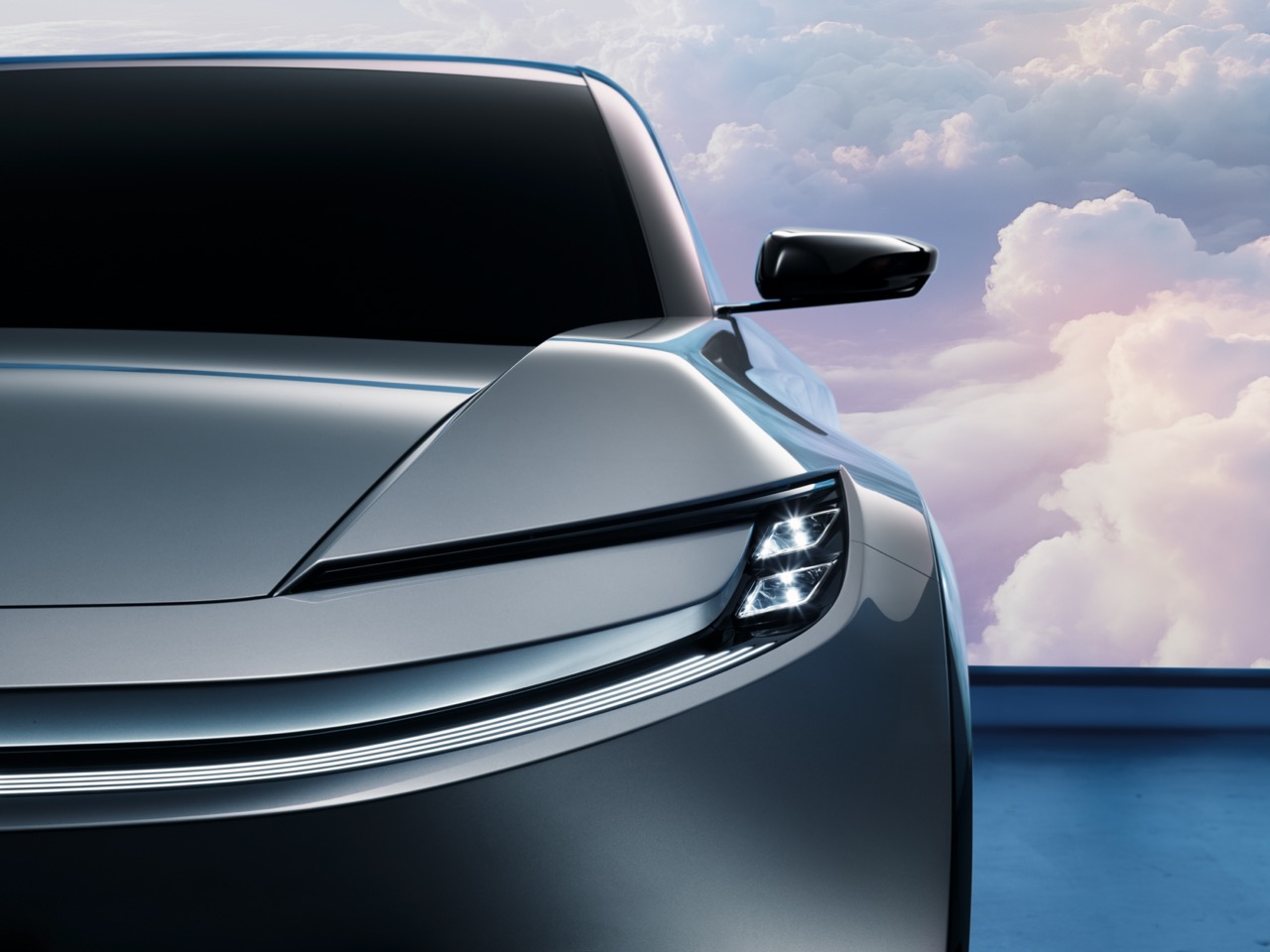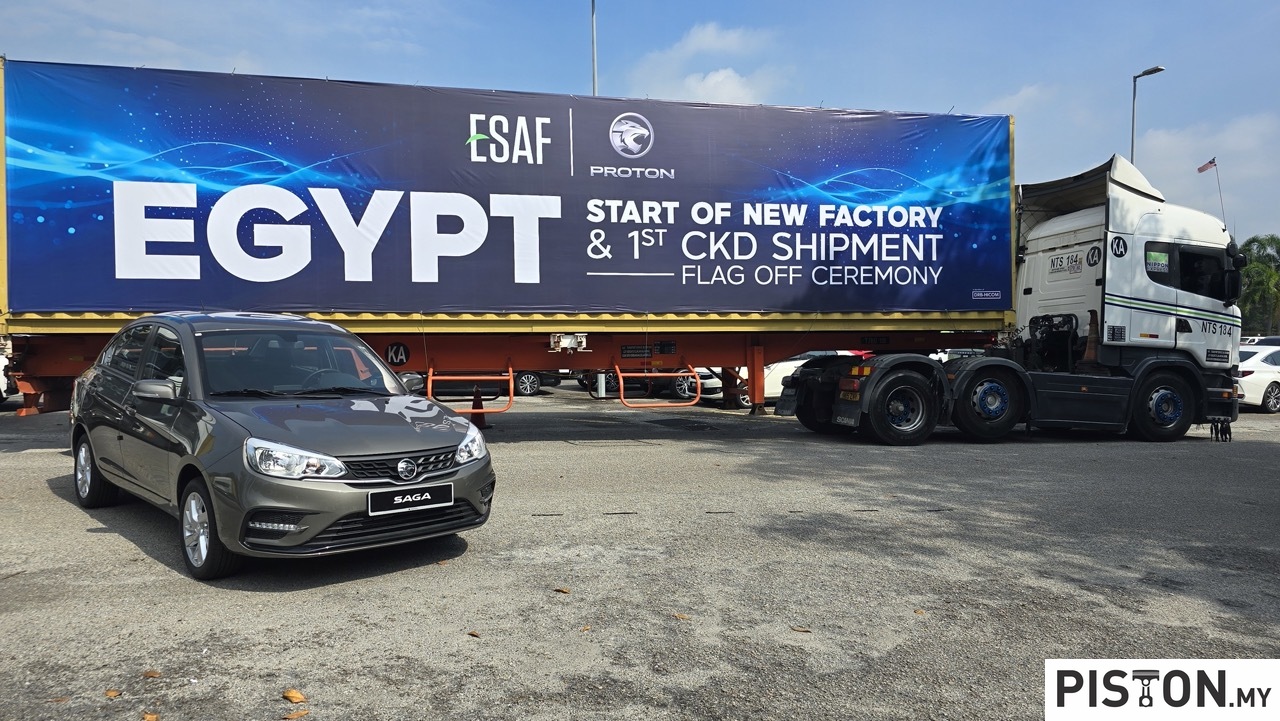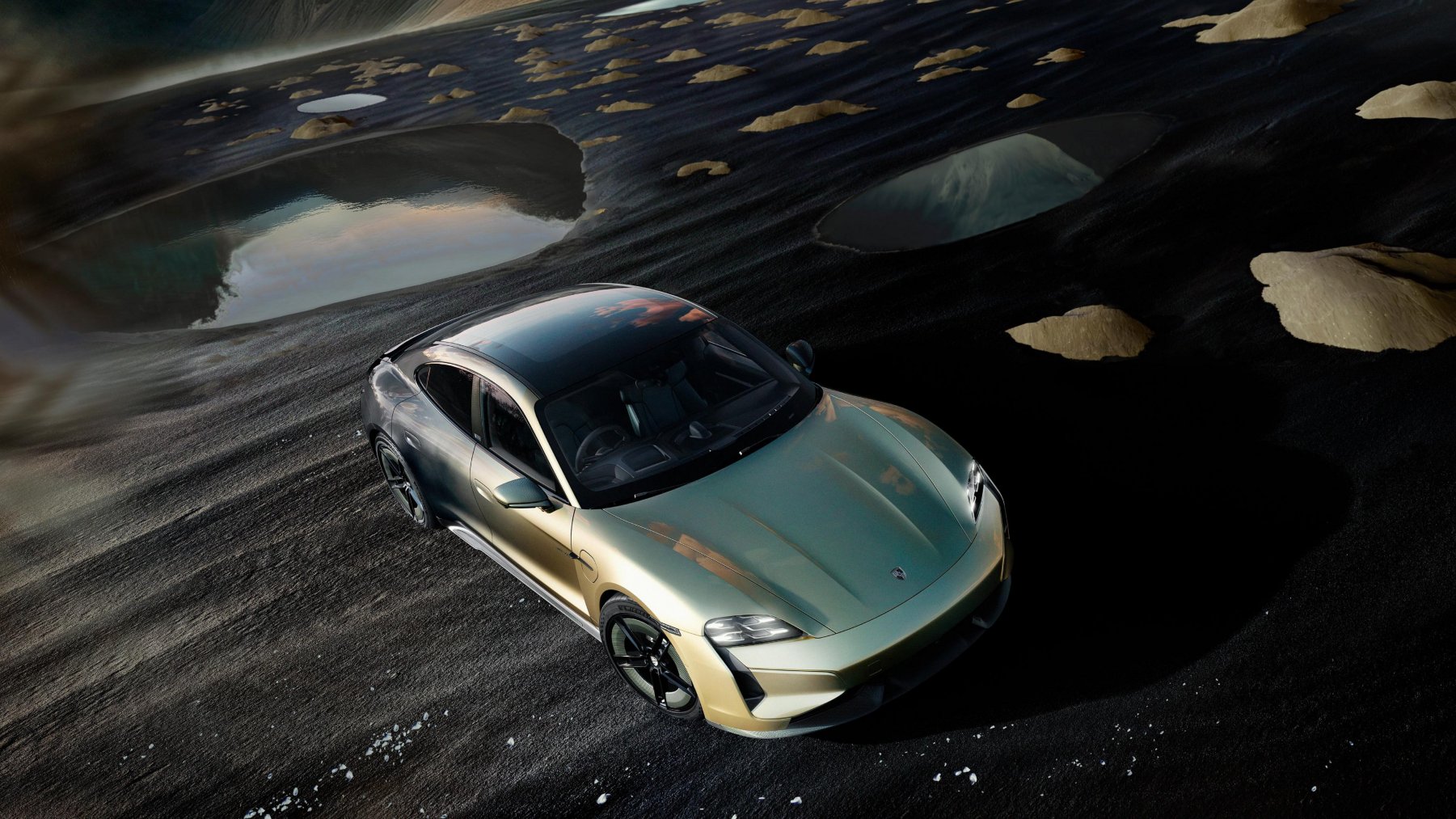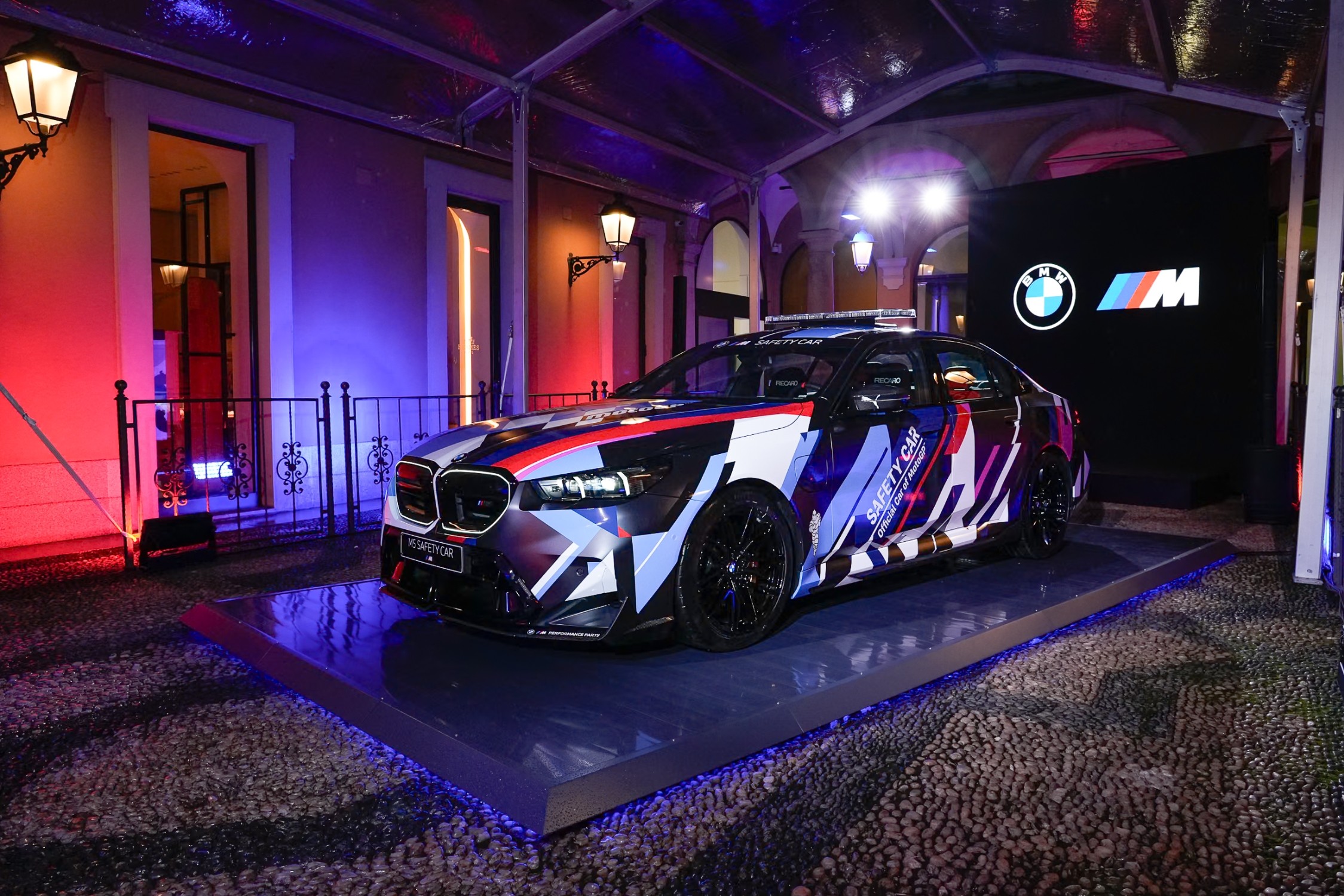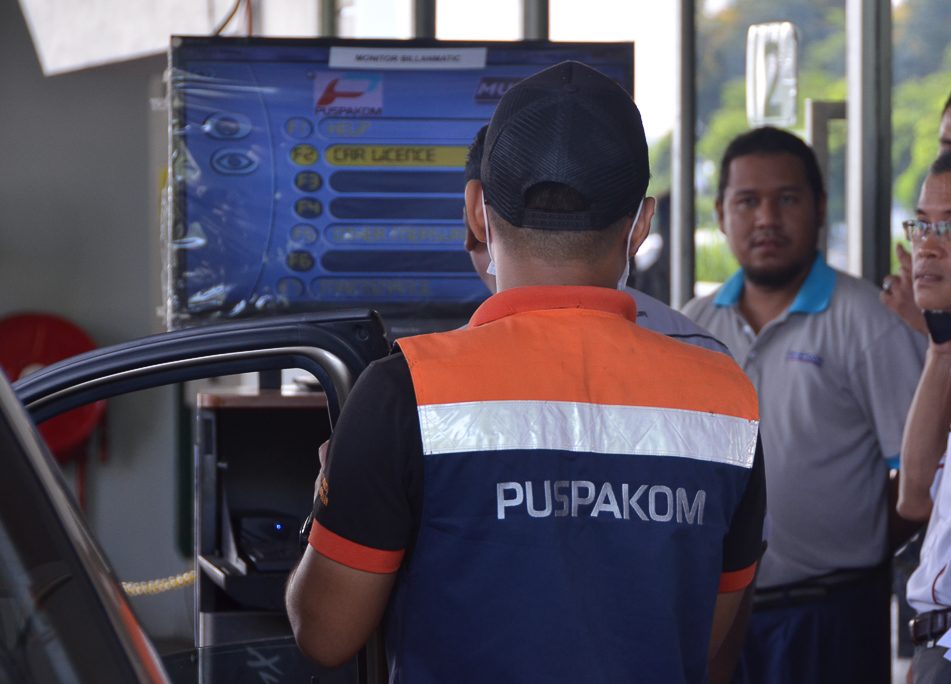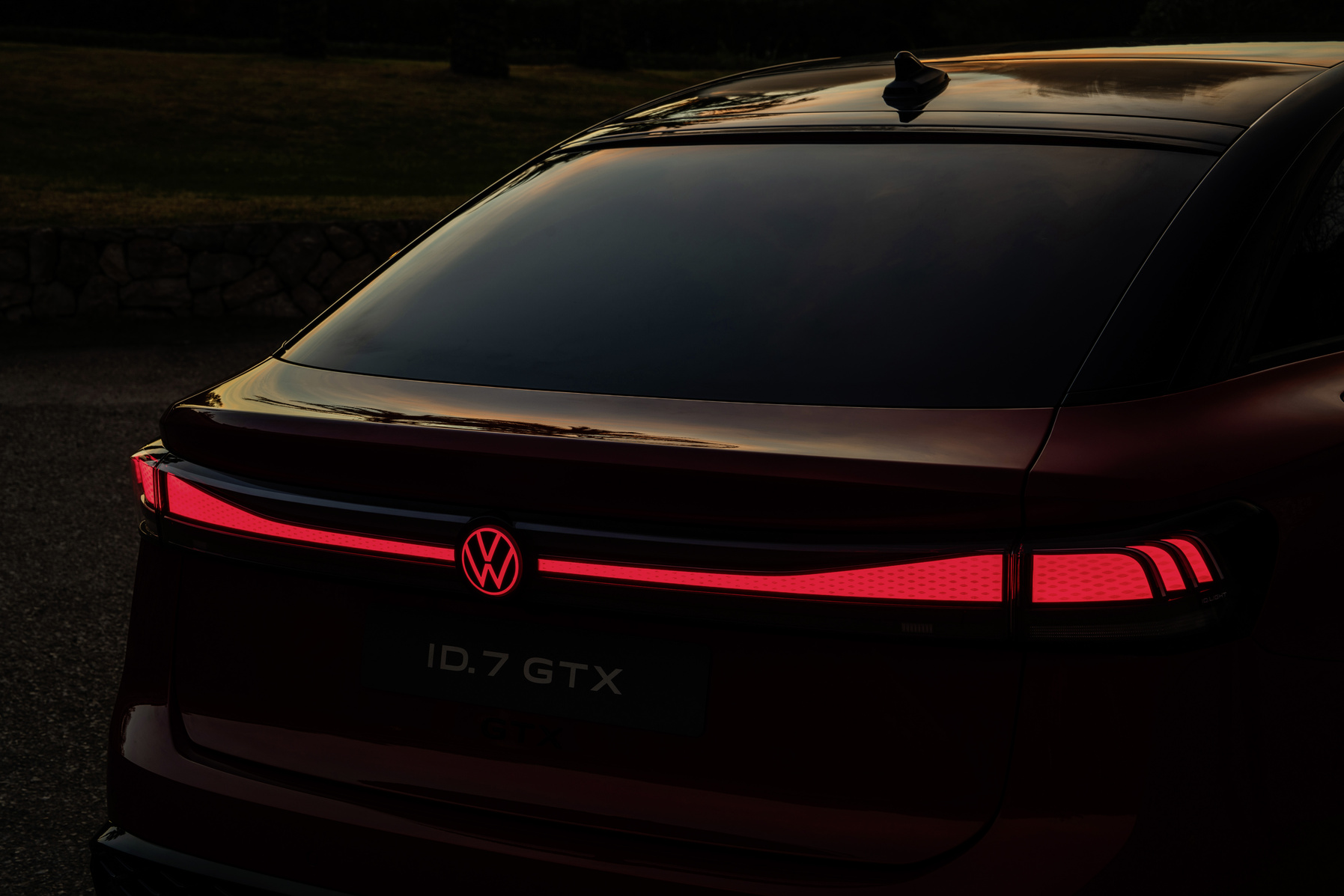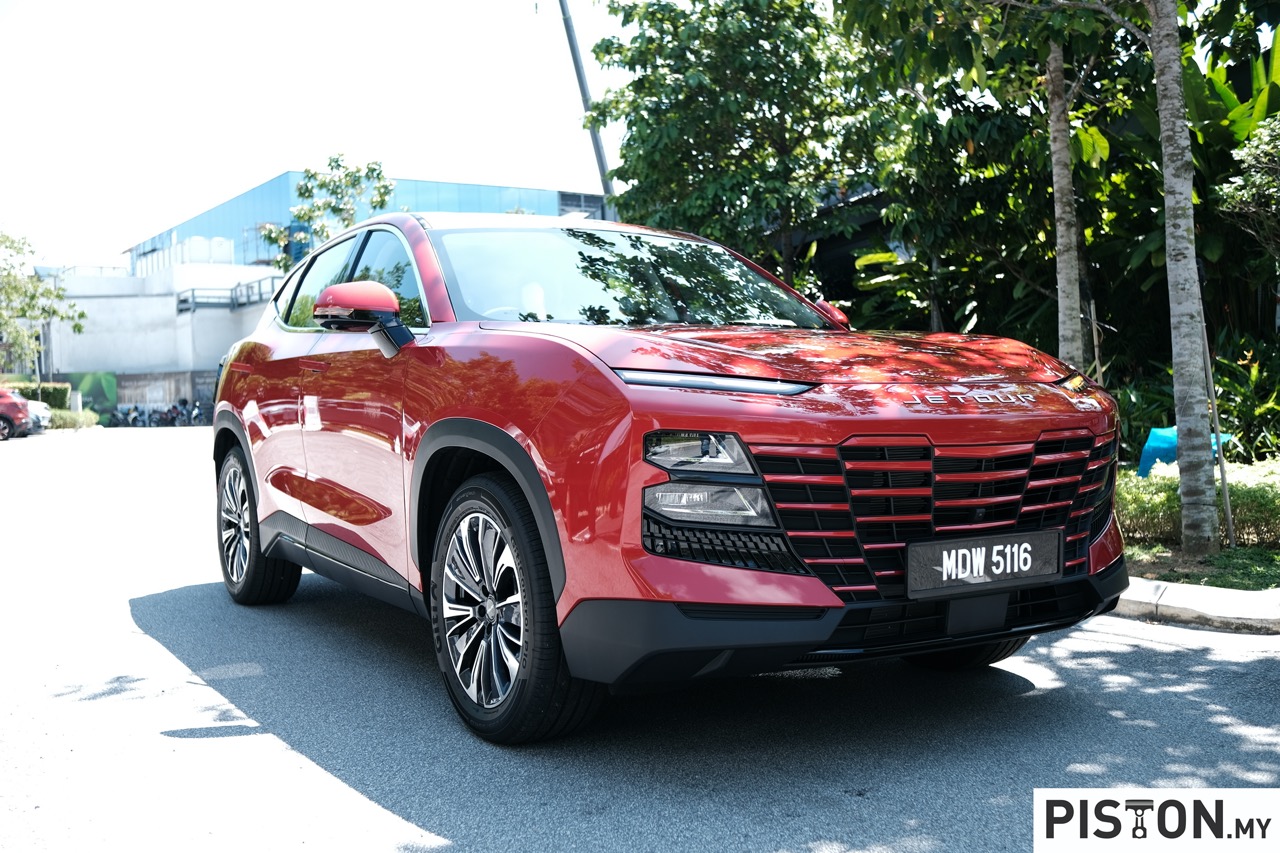Hand-sketched racing scenes on and in the car, diamond-cut aluminium and a reminiscence that have come true of Bugatti’s glorious Grand Prix days. These can be found on the Chiron Sport ‘Les Légendes du Ciel’, which honours the brand’s famous racing drivers from the last century.
“Bugatti has had close associations with aviation since the company was established more than 110 years ago. Many successful Bugatti racing drivers, such as Albert Divo, Robert Benoist and Bartolomeo ‘Meo’ Costantini, flew for the French Air Force, the French aviator legend Roland Garros privately drove a Bugatti Type 18 to be as fast on the road as in the air,” said Stephan Winkelmann, President of Bugatti. “It is therefore almost an obligation for us today to pay tribute to the legends of that time and dedicate a special edition to them.”
The ‘Daredevils’ who raced the car
Ettore Bugatti admired the fearless character and technical expertise of his drivers who were fascinated by high speeds – and also mastered them. On the road, the racing drivers benefited from the experience gained in aircraft cockpits. Known as the ‘Daredevils’, many of them were former flying aces, daredevils, technically skilled pilots who flew without fear.
They in turn admired Ettore Bugatti for his talent as an engineer and were fascinated by his agile, light and speedy cars, embodying on the road what their planes were in the sky. Roland Garros even called him the ‘incomparable artist who alone knows, how to give life to steel’.
The company’s founder was always inspired by aviation. Sometime around 1915, he personally designed aircraft engines and from 1937, he also developed an entire aircraft intended to break speed records. The project was stopped because of the outbreak of the Second World War, but Bugatti kept in close personal contact with the pilots throughout his life.
The ‘Les Légendes du Ciel’ edition
These legends of aviation are honoured with the ‘Les Légendes du Ciel’ edition, based on the Chiron Sport and limited to 20 cars. The new edition references many features of the historic aircraft in which Bugatti pilots flew. In addition to the unusual colour of the paintwork, each car comes with a special full leather interior with hand-drawn sketches and diamond-cut aluminium.
A striking feature of the Chiron Sport ‘Les Légendes du Ciel’ is its special, matt-grey ‘Gris Serpent’ paintwork. This is, a modern interpretation of the exterior colour of the aircraft from the 1920s. On the extending rear spoiler is a high-contrast, white gloss centre stripe.
The front wings are adorned with the ‘Les Légendes du Ciel’ logo. The ‘Le Bleu-Blanc-Rouge’ tricolour in Blue, White and Red decorates the front area of the side sills made of exposed black carbonfibre.
The horseshoe-shaped radiator grille also has a black gloss finish. The radiator grille mesh is made of laser-cut and deep-drawn aluminium, on which the dynamic pattern of the stitched seams is repeated on the leather seats, reminiscent of planes flying in formation in an air parade.
The door entry lights project the edition logo onto the ground when the doors are opened. The door sills are made of brushed aluminium with the special edition logo on the middle console inlays. The W16 engine cover is made of black exposed carbonfibre and the lightweight components are contrasted by white lettering. Black exposed carbonfibre and a black-coated exhaust trim cover made of 3D printed, high-temperature-resistant Inconel dominate the rear.
Interior almost completely in leather
The interior also visually evokes aircraft from the past century. Fine ‘Gaucho’ leather for the entire cabin, the light brown colour reminiscent of natural leather in those aircraft of days gone by. The natural material is contrasted only by aluminium trim.
As would be expected, each car will have special edition numbering ‘1 of 20’. Customers can also specify comfort seats and the ‘Sky View’ glass roof to look into the sky like in open-top aircraft of the past century.
On the door panels there is a hand-sketched racing scene between the Nieuport 17 aircraft and a Bugatti Type 13, which symbolizes the two souls honoured by the edition. The Type 13 is a very special model in Bugatti’s 110-year history as it was the first model to bear the name ‘Bugatti’.
Capable of more than 420 km/h
The Chiron Sport ‘Les Légendes du Ciel’ has the standard W16 engine with a displacement of 8 litres. Delivering up to 1,500 ps/1,600 Nm, its maximum speed is somewhere beyond 420 km/h but limited to that speed.
Bugatti will start production of the special edition towards the end of 2020. In the meantime, if you are keen to own one of the 20 units, the price starts from 2.88 million euros (around RM14 million).
Click here to read other news and articles about Bugatti



